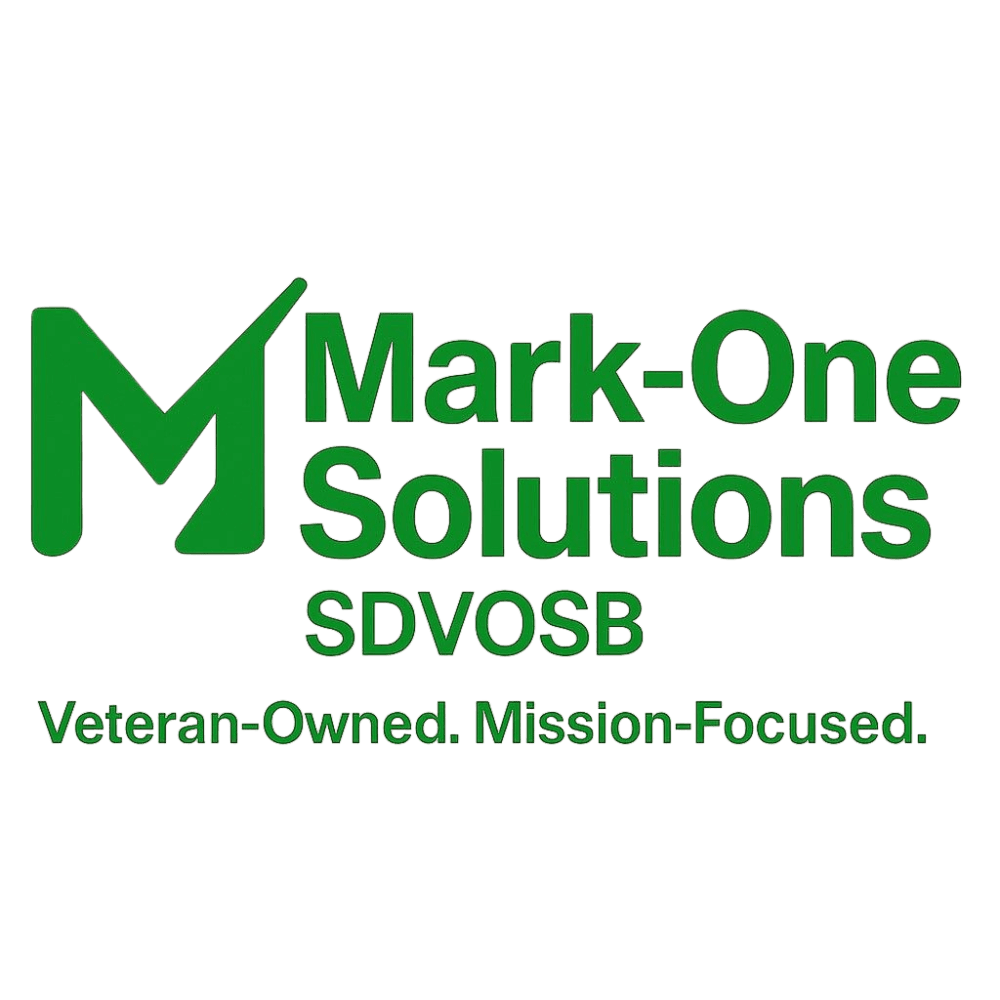Expert Insights: Top IT Trends Impacting DoD Contractors Today
jk
Introduction to IT Trends in DoD Contracting
In the rapidly evolving landscape of technology, Department of Defense (DoD) contractors must stay ahead of the curve by adapting to emerging IT trends. The integration of advanced technologies not only enhances operational efficiency but also ensures compliance with the stringent requirements set by the DoD. In this post, we’ll explore the top IT trends that are currently impacting DoD contractors.

Emphasis on Cybersecurity
With the increasing sophistication of cyber threats, cybersecurity has become a paramount concern for DoD contractors. The need to protect sensitive defense information from potential breaches necessitates the implementation of robust security measures. Contractors are investing heavily in cybersecurity solutions, including encryption technologies, intrusion detection systems, and comprehensive risk management frameworks.
Cloud Computing Adoption
The shift towards cloud computing is another significant trend impacting DoD contractors. The cloud offers scalable resources, cost savings, and enhanced collaboration capabilities. By moving to cloud-based infrastructures, contractors can access and manage data more efficiently, facilitating faster decision-making processes. However, ensuring compliance with DoD’s cloud security requirements remains a critical challenge.

Integration of Artificial Intelligence
Artificial Intelligence (AI) is transforming how DoD contractors operate by enabling smarter and more efficient processes. AI applications in predictive maintenance, logistics planning, and data analysis are providing contractors with valuable insights that enhance operational effectiveness. The ability to process large datasets quickly and accurately helps in optimizing resource allocation and mission planning.
Focus on Internet of Things (IoT)
The Internet of Things (IoT) is playing an increasingly important role in defense operations. IoT devices can collect and transmit real-time data from various sources, offering improved situational awareness and decision-making capabilities. For DoD contractors, integrating IoT into their operations means enhanced connectivity and streamlined workflows, but it also requires addressing security vulnerabilities inherent to IoT networks.

Enhanced Data Analytics
Data analytics is becoming indispensable for DoD contractors aiming to leverage data for strategic advantage. Advanced analytics tools allow for the extraction of actionable insights from complex datasets, aiding in threat assessments, operational planning, and resource management. The ability to turn raw data into meaningful intelligence is critical in maintaining a competitive edge.
Remote Work and Collaboration Tools
The shift towards remote work has accelerated the adoption of digital collaboration tools among DoD contractors. These tools enable seamless communication and coordination across geographically dispersed teams. From secure video conferencing to collaborative document editing, these technologies are crucial in maintaining productivity and ensuring continuity of operations.

Conclusion
As the defense industry continues to evolve, staying informed about key IT trends is essential for DoD contractors striving for success. By embracing advancements in cybersecurity, cloud computing, AI, IoT, and data analytics, contractors can enhance their operational capabilities while ensuring compliance with defense standards. The ongoing adaptation to these trends will define the future landscape of defense contracting.
